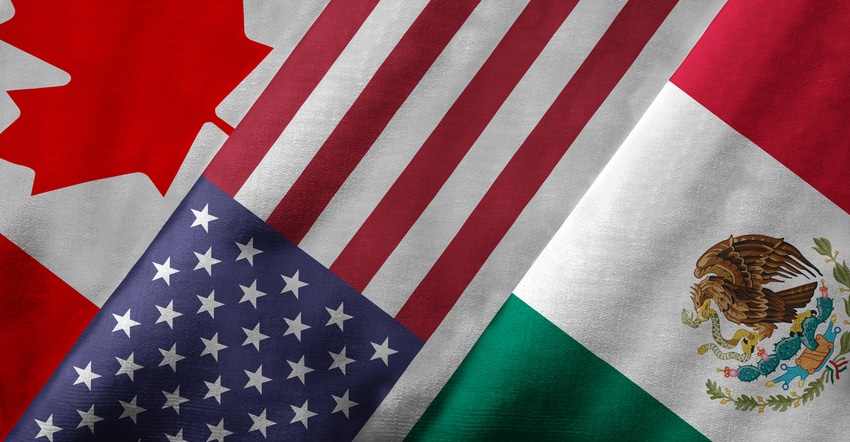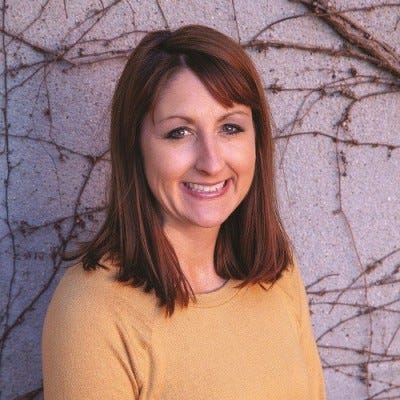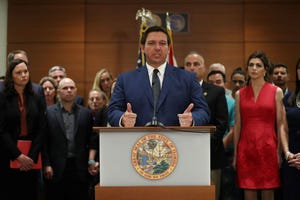North America CVOs develop framework for African swine fever plan
Komal says while biosecurity is very important for keeping the disease out of the Americas, it became very clear over the last two days ASF is a human-driven disease.

Chief veterinary officers from Canada, United States and Mexico ended an international forum on African swine fever Wednesday with a framework to support ongoing international collaboration and action in the areas of preparedness planning, enhanced biosecurity, business continuity and coordinated risk communications. The outline follows after receiving input from over 150 leaders and decision makers from 15 countries. During the two-day event in Ottawa, Ontario, industry members shared their expertise and strategies for dealing with the highly contagious and deadly viral disease that affects both domestic and wild pigs of all ages.
“Given that the Americas are currently free of ASF, and I stress free of ASF, we have an opportunity now to continue to act decisively and collaboratively to increase awareness and fill in the gaps that have been identified and proactively negotiate partnerships and agreements to aid in our approach to the disease,” says Jack Shere, chief veterinary officer for the United States who joined Canadian Food Inspection Agency’s CVO Jaspinder Komal and CVO for Mexico, Juan Gay Gutierrez, in a media call following the forum.
The framework lays the foundation for:
A high state of readiness to swiftly control ASF should it enter the Americas region.
Strengthening biosecurity measures to prevent the entry of ASF and mitigate its spread.
Establishing agreements in the swine sector to mitigate the trade impacts of ASF.
Effective communications to best inform Canadians and neighboring countries about the risk of ASF.
Through the four pillars of the framework, 16 areas of action were also agreed upon.
“The 16 areas are sort of suggestions, things we need to work on. We anticipate a lot of new ideas coming out of that, especially when we push the framework out to those that participated in the meeting,” Shere says. “There was a lot of conversation, a lot of new ideas. We want to incorporate those in our thinking, and we want to move forward with some new thinking on how to deal with certain aspects of it, of the 16 areas in the action plan. We’re by no means finished with what we’re doing in regard to this plan.”
The CVOs also appreciated the dialogue with industry members from ASF-infected countries this week. From learning about the rapid spread of ASF in domestic pigs in China and the wild boar eradication in the Czech Republic to hearing the Food and Agricultural Organization of the United Nations’ future plans and European Union strategies for zoning, the veterinarians say they were able to talk extensively with delegates from those regions.
“The China discussion was to me the most interesting and what went on there. It’s always a question ‘where did you get it from?’” Shere says. “It was interesting for them to frame where they thought it came from. They believed that was it was passengers bringing contaminated meat.”
Over the next day, ASF conversations will continue at the World Organization of Animal Health’s 25th Conference of the Regional Commission of the Americas, which will also be held in Ottawa. Additionally, the developed framework will add to the discussions about the advancement of a global strategy on ASF during the 87th OIE general session in May and at the chief veterinary officer meeting at the G7 Summit in August.
Komal says while biosecurity is very important for keeping this disease out of the Americas, it became very clear over the last two days the disease (while humans cannot contract the disease) is a human-driven disease, with people bringing the viruses from infected areas into non-infected areas.
“Biosecurity at all levels is very important and that is why I think in the North American continent, the government and industry have taken the approach to raise awareness,” says Komal. “One pig infected could not only cause economic impact, but also social and animal welfare impacts so that is why I think it’s so important that everybody has a role to play, not only producers, government and the industry, but also average citizens.”
Shere echoes Komal’s response to communicating with the public.
“We need to send the right message and educate folks on biosecurity, what are the basics and how to prevent this disease from moving,” Shere says. “What can they do in their everyday lives to prevent that and just to have a general knowledge of the disease and how it moves.”
About the Author(s)
You May Also Like





